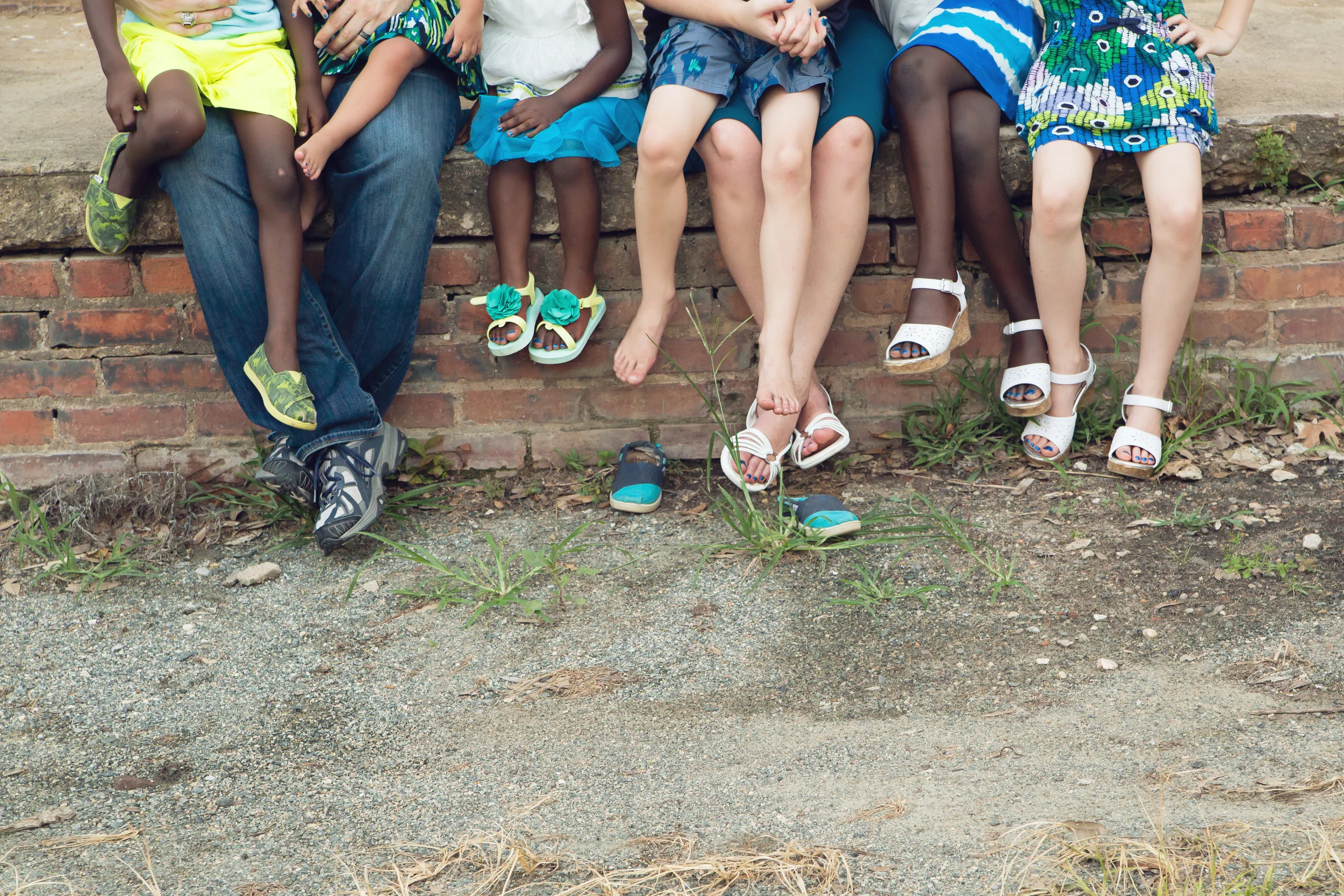telling the truth, with blades and words
/My tattoo placement is intentional. For example, the word enough on my wrist is placed just below the scar from my middle school suicide attempt. My forearms are covered with other meaningful art, tattooed atop shiny lines from other self-inflicted wounds.
Today marks one year since the last time I made one of those cuts.
It also marks the longest period of time since I was 11 that I’ve gone without carving into my skin.
I’m fine, I would have told you if you noticed fresh red stripes. But you wouldn’t have. A few decades of hiding self-injurious behaviors meant my habit wasn’t on your radar. It wasn’t on anyone’s radar. My husband didn’t even know. My therapist didn’t know until I told her. If I ever did talk about cutting – like I did in this article and this one, both more than a year ago, both published before my last cut – it was always in the past tense, even as my forearms or upper thighs told a different story.
Why didn’t I tell the truth with my words then? Well, I had two reasons. First, I have a personal rule to only write from scars and not wounds. The wounds need to be addressed, but that work is private and sacred. To heal open cuts from the inside out, I needed to limit this truth to those who had earned the right to hear it. Now that all I have is scars, I’m sharing from a place of healing.
And second, I was telling the truth. I was. I was telling the truth in the only way I knew how. In the words of Glennon Doyle in her TEDx talk about life in the mental hospital,
“I remember this sandy-haired girl who was so beautiful, and she told the truth on her arms. And I held her hand one day while she was crying, and I saw that her arms were just sliced up like pre-cut hams. In there, people wore their scars on the outside, so you knew where they stood. And they told the truth, so you knew why they stood there.”
When I was 11, I was too familiar with pain for a girl my age. That’s why I tried to end it, with a deep cut to my wrist. I couldn’t cut deeply enough with the blade I had, though, so I lived. I didn’t want to, but I lived nonetheless. (And I’m deeply thankful that I did.)
In that moment, though, I found a power I had never known before. As an abused little girl, I was the object to be hurt with no ability to do anything else. When I opened my skin, I got to cause the pain. I controlled it. And unlike the abuse I never deserved or understood, this pain made sense. You cut, you bleed, it hurts. For the first time in my life, something that hurt also made sense.
Over the years, the reasons changed. Sometimes I cut because I thought I deserved it. Sometimes I cut because I found the action and release to be calming. Sometimes I cut to stop feeling. Sometimes I cut to feel something. Sometimes, after I stopped drinking, I cut because I wanted alcohol. Sometimes I cut because cutting became familiar. Sometimes I cut because I hated myself.
As Demi Lovato put it in a 20/20 interview with Robin Roberts,
“It was a way of expressing my own shame of myself on my own body. I was matching the inside to the outside. And there were sometimes where my emotions were just so built up, I didn’t know what to do, and the only way that I could get instant gratification was through an immediate release on myself.”
I don’t regret cutting. I don’t judge the scars. They are each evidence of my survival. When I wasn’t safe enough to tell the truth with my words, I survived by telling the truth with a blade. Every shiny white line is a stone of remembrance of where I’ve been and how God has transformed me since then.
Now, I’m safe. Cutting was a tool I used until a year ago, but my toolbox has been updated. Self injury doesn’t serve me or my healing anymore. In intensive therapy, I’ve learned to tell the truth in ways that do no harm to my body.
And now I think it’s time to tell the truth with my words. I hope self harm is in my past. I pray it stays that way. I’d love for this to be the first year of many with more scars than wounds. Only time will tell.
But I know this one thing for sure: my hope that cutting is in my past is uncertain, but my hope in Christ is steady. Each stripe on my skin is evidence of the tension in which we live, a world in which God has declared his forever promises but hasn’t yet fulfilled them all. And each shiny white line glorifies my Creator, because it’s not just the healing that declares his goodness but also the choice to keep showing up in a world that isn’t always good.
This is a world that tells us to hide our scars. Jesus is a God who readily showed his, which he bore even after his resurrection. May we, as his people, be willing to share the truth of our own scars, of our own resurrection, of our own humanity. Yes, the scars and wounds are part of our stories, but so is the rising.



